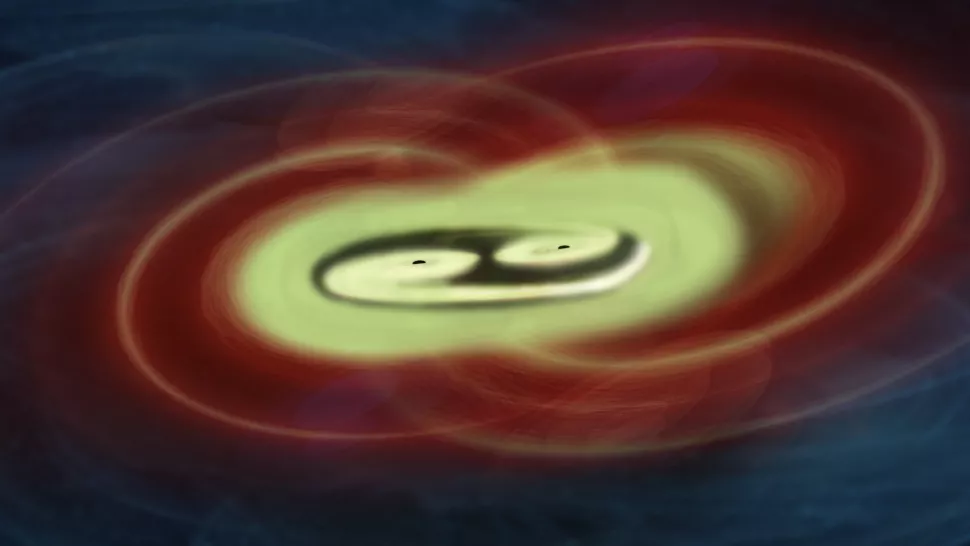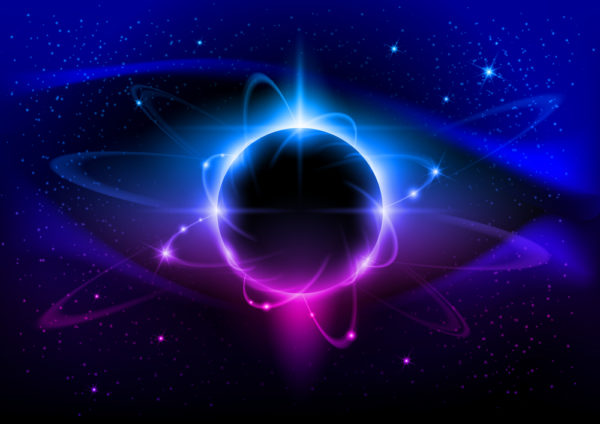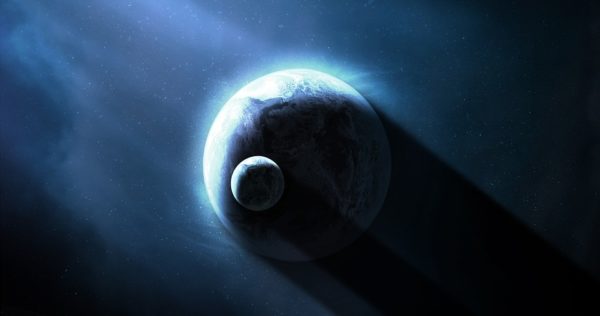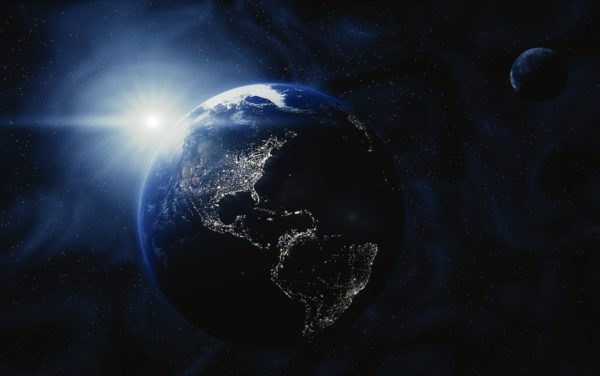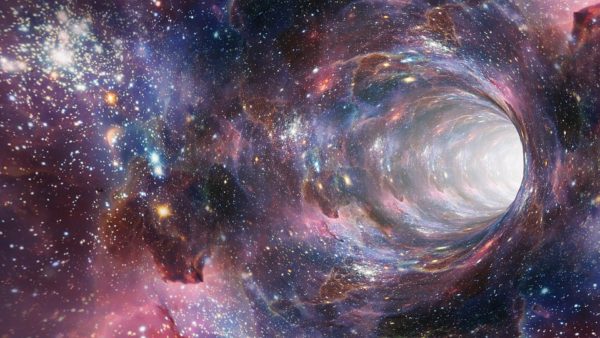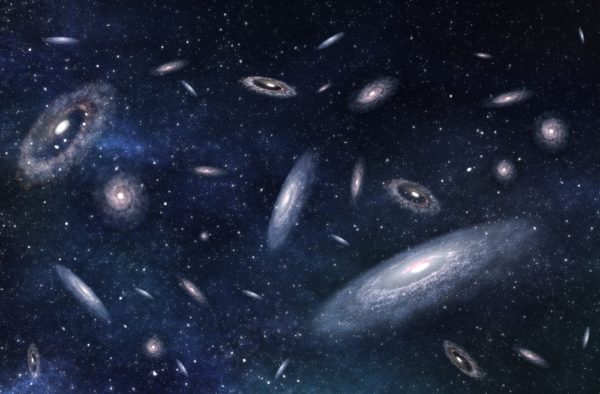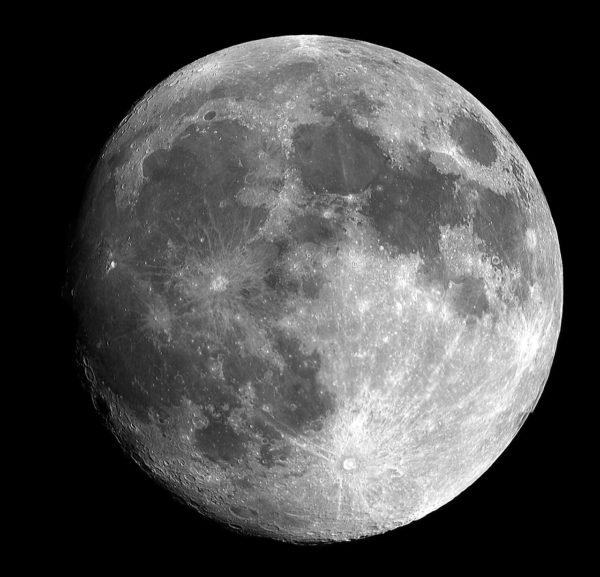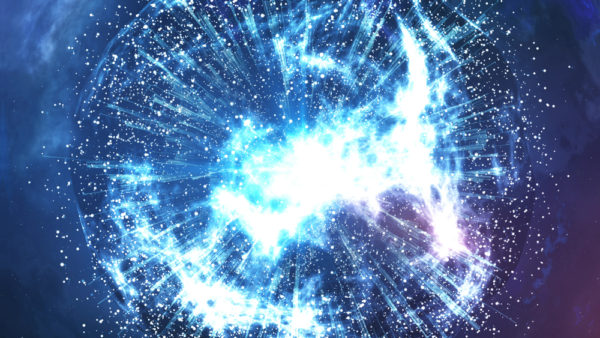Writer Fuel: Massive Black Hole Collision Proves Einstein Right
Researchers studying the aftermath of a gargantuan black hole collision may have confirmed a gravitational phenomenon predicted by Albert Einstein a century ago. According to new research published today (Oct. 12) in the journal Nature (opens in new tab), the phenomenon — which is known as precession and is similar to the wobbling motion sometimes … Read more

